Home> Company News> Axial piston variable pump A10VO series 31
- AddressNathan 25-26, Tsimshatsui Kowloon Hongkong
- Worktime9:00-18:00
- Phone(Working Time)00852-9518 9139
- Fax00852-9518 9138
Axial piston variable pump A10VO series 31
2018-12-22 11:30:15Axial piston variable pump A10VO series 31
An axial piston pump is a positive displacement pump that has a number of pistons in a circular array within a cylinder block. It can be used as a stand-alone pump, a hydraulic motor or an automotive air conditioning compressor.
An axial piston pump has a number of pistons (usually an odd number) arranged in a circular array within a housing which is commonly referred to as a cylinder block, rotor or barrel. This cylinder block is driven to rotate about its axis of symmetry by an integral shaft that is, more or less, aligned with the pumping pistons (usually parallel but not necessarily).
One end of the cylinder block is convex and wears against a mating surface on a stationary valve plate. The inlet and outlet fluid of the pump pass through different parts of the sliding interface between the cylinder block and valve plate. The valve plate has two semi-circular ports that allow inlet of the operating fluid and exhaust of the outlet fluid respectively.
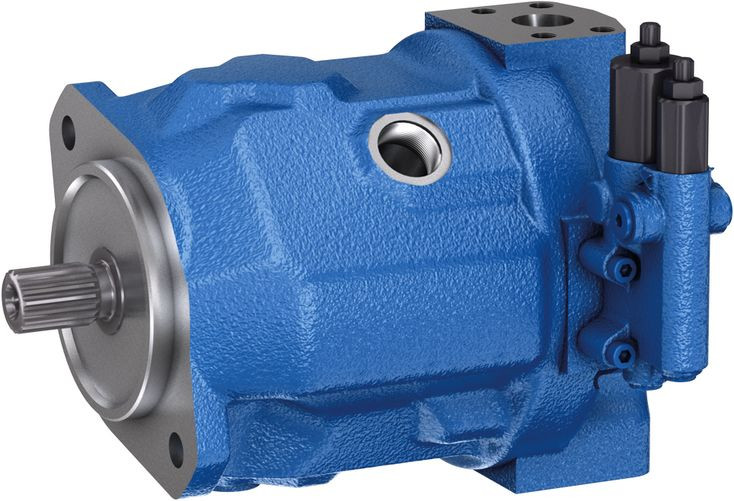
The pumping pistons protrude from the opposite end of the cylinder block. There are numerous configurations used for the exposed ends of the pistons but in all cases they bear against a cam. In variable displacement units, the cam is movable and commonly referred to as a swashplate, yoke or hanger. For conceptual purposes, the cam can be represented by a plane, the orientation of which, in combination with shaft rotation, provides the cam action that leads to piston reciprocation and thus pumping. The angle between a vector normal to the cam plane and the cylinder block axis of rotation, called the cam angle, is one variable that determines the displacement of the pump or the amount of fluid pumped per shaft revolution. Variable displacement units have the ability to vary the cam angle during operation whereas fixed displacement units do not.
Feature:
- Through drive for mounting of further pumps up to same nominal size
- Low operating noise
- Long service life
- Short control response times
- Excellent suction characteristics
- 2 drain ports
- Swashplate design
- All-purpose medium pressure pump
- Size 18 … 140
- Nominal pressure 280 bar
- Maximum pressure 350 bar
- Open circuit
As the cylinder block rotates, the exposed ends of the pistons are constrained to follow the surface of the cam plane. Since the cam plane is at an angle to the axis of rotation, the pistons must reciprocate axially as they precess about the cylinder block axis. The axial motion of the pistons is sinusoidal. During the rising portion of the piston's reciprocation cycle, the piston moves toward the valve plate. Also, during this time, the fluid trapped between the buried end of the piston and the valve plate is vented to the pump's discharge port through one of the valve plate's semi-circular ports - the discharge port. As the piston moves toward the valve plate, fluid is pushed or displaced through the discharge port of the valve plate.
When the piston is at the top of the reciprocation cycle (commonly referred to as top-dead-center or just TDC), the connection between the trapped fluid chamber and the pump's discharge port is closed. Shortly thereafter, that same chamber becomes open to the pump's inlet port. As the piston continues to precess about the cylinder block axis, it moves away from the valve plate thereby increasing the volume of the trapped chamber. As this occurs, fluid enters the chamber from the pump's inlet to fill the void. This process continues until the piston reaches the bottom of the reciprocation cylinder - commonly referred to as bottom-dead-center or BDC. At BDC, the connection between the pumping chamber and inlet port is closed. Shortly thereafter, the chamber becomes open to the discharge port again and the pumping cycle starts over.
Variable displacement. In a variable displacement pump, if the vector normal to the cam plane (swash plate) is set parallel to the axis of rotation, there is no movement of the pistons in their cylinders. Thus there is no output. Movement of the swash plate controls pump output from zero to maximum.
There are two kinds of variable-displacement axial piston pumps:
direct displacement control pump, a kind of axial piston pump with a direct displacement control. A direct displacement control uses a mechanical lever attached to the swashplate of the axial piston pump. Higher system pressures require more force to move that lever, making direct displacement control only suitable for light or medium duty pumps. Heavy duty pumps require servo control.[1] A direct displacement control pump contains linkages and springs and in some cases magnets rather than a shaft to a motor located outside of the pump (thereby reducing the number of moving parts), keeping parts protected and lubricated and reducing the resistance against the flow of liquid.
servo control pump.
We main supply Rexroth ,Vickers, Nachi, Daikin, Yuken, Denison, Komatsu, Sumitomo products.
Please tell me the complete parts number or take a details photo on Name Plate?
It will be help us check and offer you sooner.
Looking forwarder to cooperate with you.

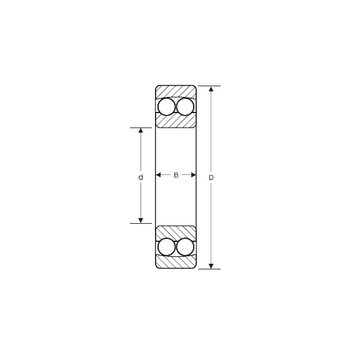 10410 SIGMA Self Aligning Ball Bearings
10410 SIGMA Self Aligning Ball Bearings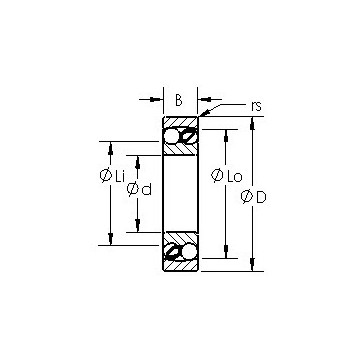 2316 AST Self Aligning Ball Bearings
2316 AST Self Aligning Ball Bearings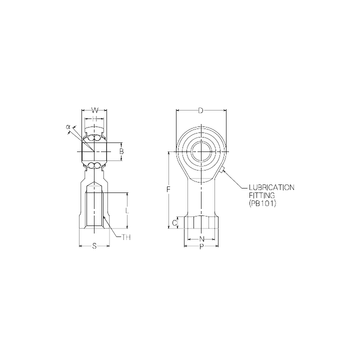 PBR12FN NMB Self Aligning Ball Bearings
PBR12FN NMB Self Aligning Ball Bearings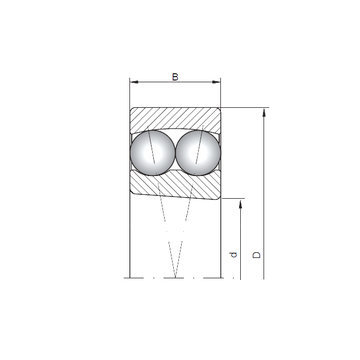 1312K CX Self Aligning Ball Bearings
1312K CX Self Aligning Ball Bearings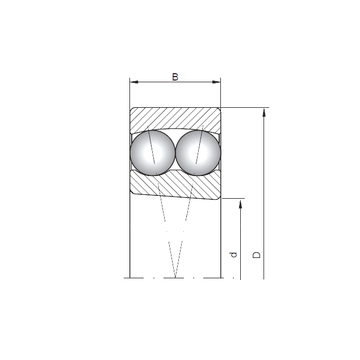 1310K CX Self Aligning Ball Bearings
1310K CX Self Aligning Ball Bearings